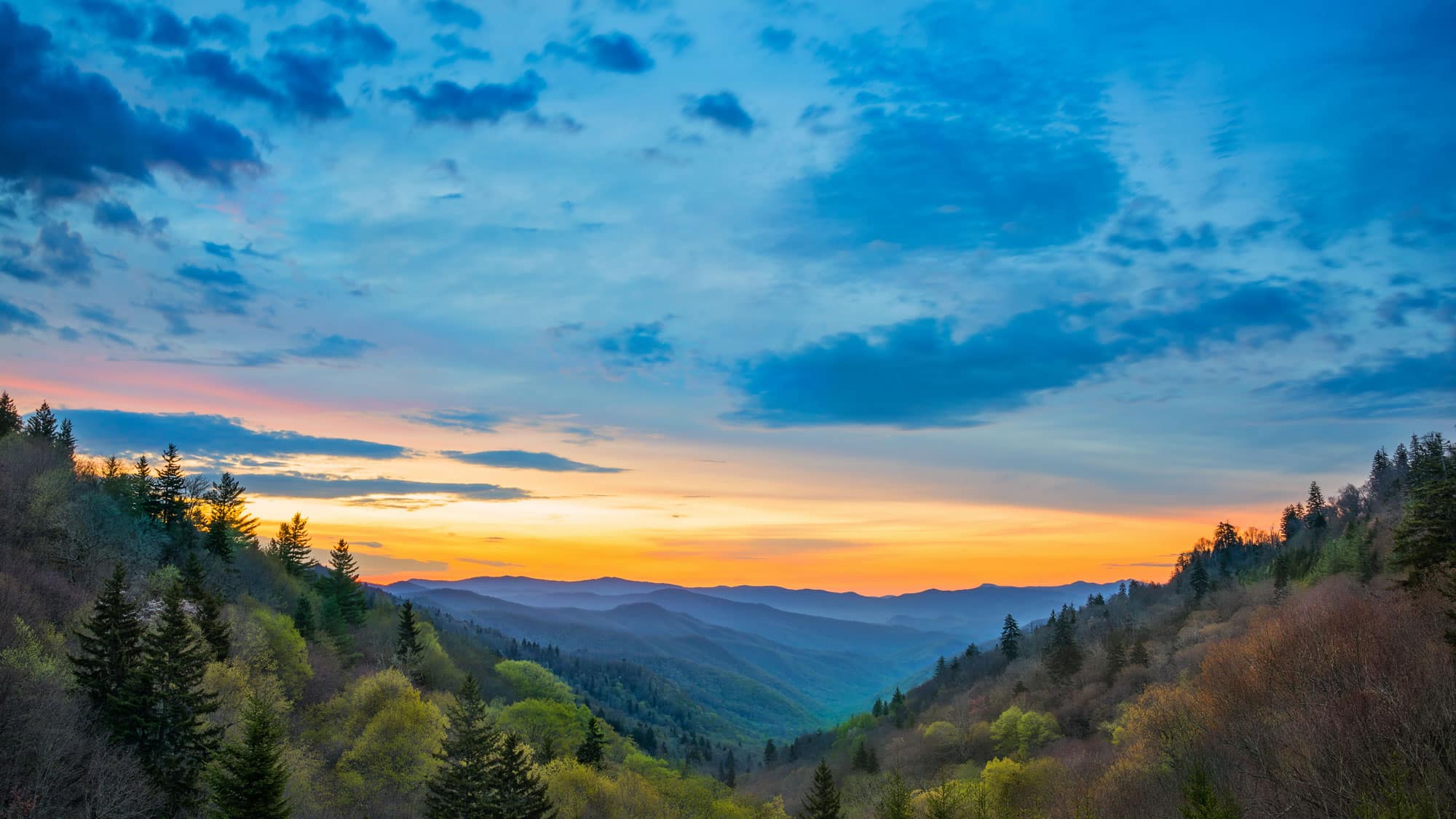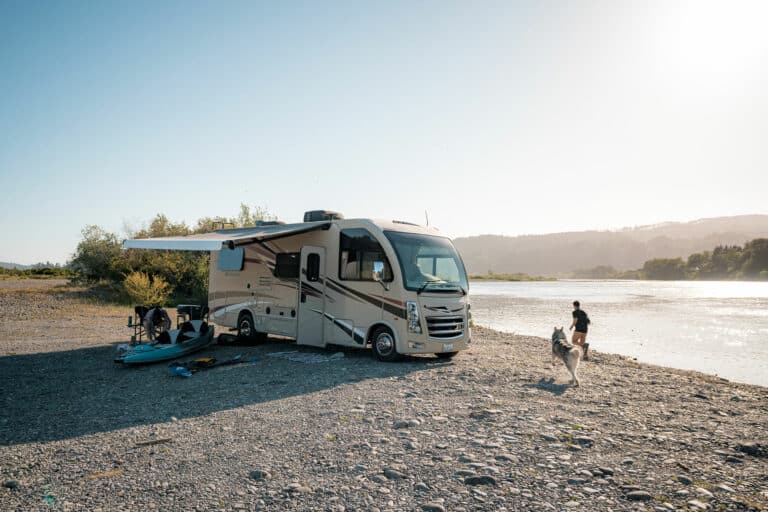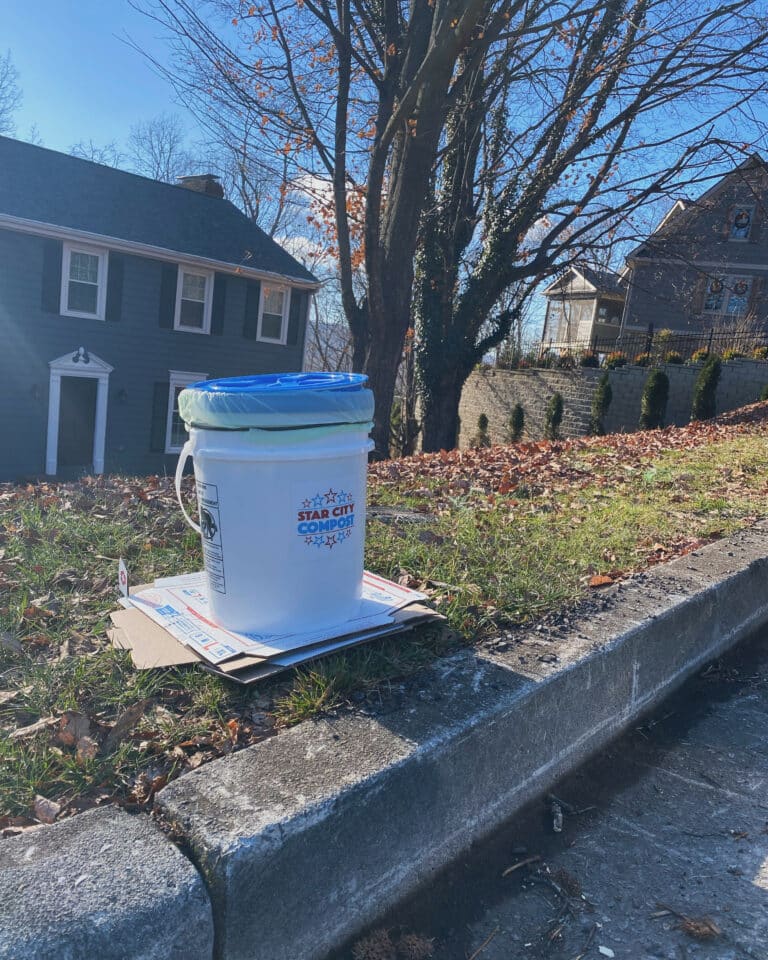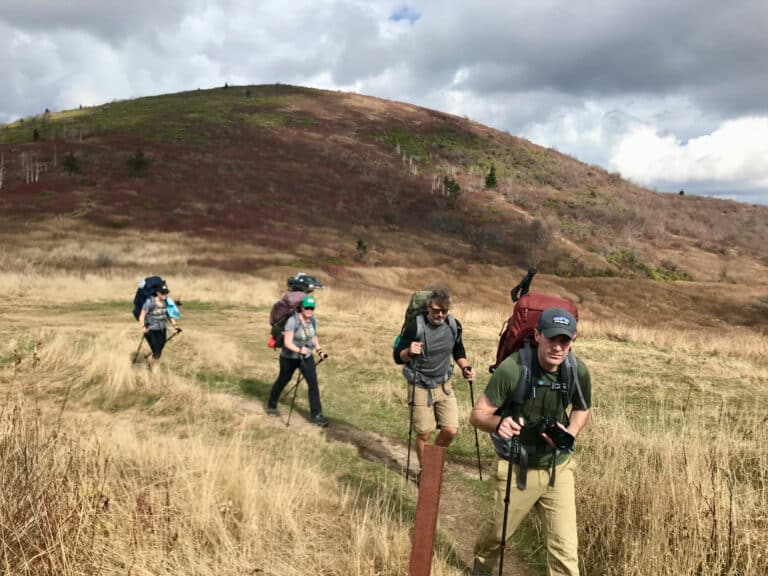I love maps. I can spend hours at a topo and studying its contours. Maps provide perspective: they show how everything fits together and help me find my place within the big picture.
I used to think that all the green-shaded areas of maps were protected. The green parts of a map are usually public lands—national parks, national forests, national wildlife refuges—and I assumed that they were all basically managed the same.
I was completely wrong.
Most public lands—especially national forests—aren’t really protected at all: industrial logging, commercial clearcutting, mining, oil and gas drilling, private cattle grazing, and pipeline construction all occur on our public lands.
The United States is home to 640 million acres of federally owned public lands—around 27 percent of the country. No country on Earth has this much property that belongs to the people.
You are a co-owner of these public lands, and your taxes pay for them to be managed. Public lands are intended to be managed by the government for the benefit of everyone.
But that’s not how it actually works. Nearly three-quarters of public lands today prioritize private extraction over protection of natural resources. Most of our public lands are being intensively and industrially plundered by private entities.
Your Property Managers
Of course, all U.S. lands are stolen lands. Indigenous communities inhabited these lands for millenia. Only in the last few hundred years did the landscape get pillaged and parceled.
Today, U.S. public lands are primarily managed by four federal agencies: the National Park Service (parks), U.S. Fish and Wildlife Service (national wildlife refuges), the Bureau of Land Management (BLM land), and U.S. Forest Service (national forests).
1. The National Park Service aligns most closely with the majority of Americans on how public lands should be managed. The National Park Service protects natural resources and provides sustainable recreation. No logging or mining is allowed in national parks. Most Americans assume that all public lands operate like national parks.
2. The U.S. Fish and Wildlife Service is a close second. National Wildlife Refuges are mostly protected from extractive uses like industrial logging, mining, and drilling (but some refuges allow oil and gas drilling).
3. The U.S. Forest Service has five multiple-use areas of focus: water, wildlife, recreation, range, and timber harvest. The Forest Service chooses to prioritize timber harvest over all other priorities. Most of the Forest Service’s budget and personnel are focused on logging.
Unlike the other three agencies, the Forest Service is managed by the Department of Agriculture rather than the Department of Interior. As a result, it tends to view forests as agricultural commodities to be harvested rather than ecosystems to be protected.
4. The Bureau of Land Management (BLM), like the Forest Service, prioritizes extraction over protection. Cattle grazing, logging, coal mining, and oil and gas drilling by private industries occur on a vast majority of BLM lands, which are primarily out West.
Bottom line: Instead of managing public lands for public uses, the U.S. Forest Service and BLM prioritize private extraction.
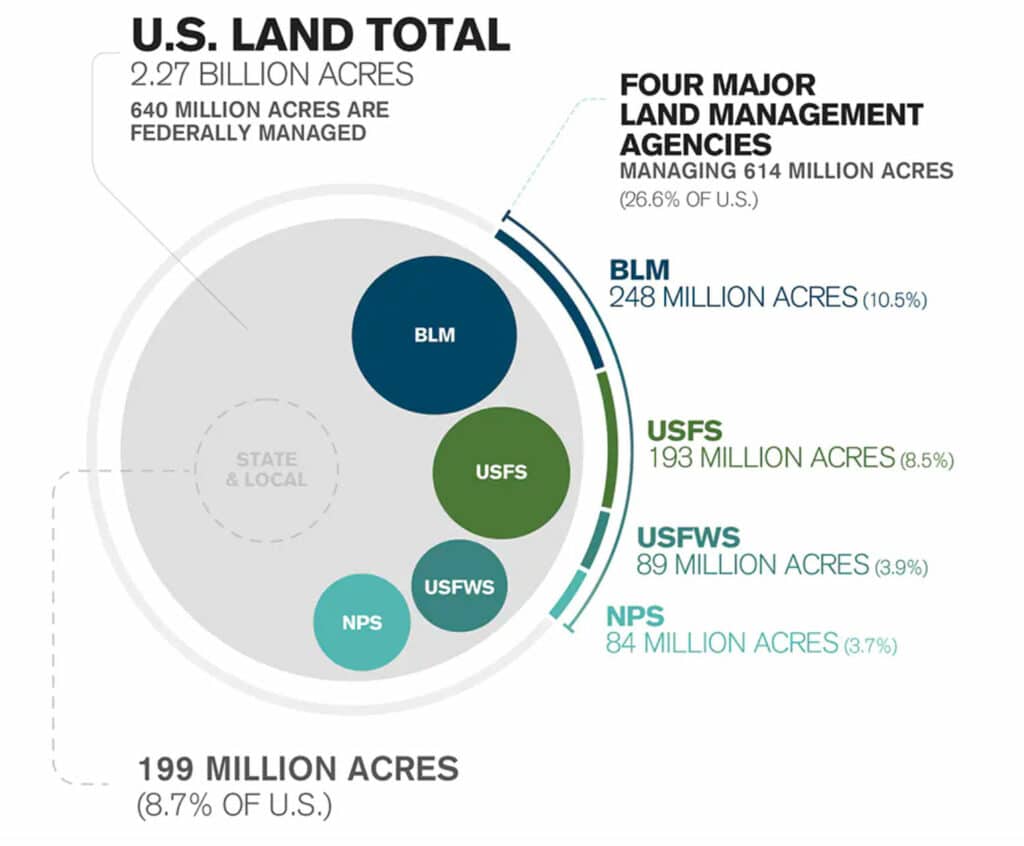
Infographic courtesy of Outdoor Industry Alliance
Public good or private profit?
The Forest Service and BLM want to sell off our public lands to fossil fuel and timber industries. But these lands are worth far more than any timber sale or drilling lease can ever provide.
In the Eastern United States, fewer than 4% of all lands are publicly owned, which makes them even more precious and important. More than two-thirds of public lands in the East are national forests—the least protected and most vulnerable public lands.
According to the Forest Service’s own visitor data, nearly all national forest visitors prioritize water, wildlife, and recreation—three pillars of the Forest Service’s multiple-use mandate. Yet the Forest Service continues to devote most of its energy, staff, budget, and resources to timber harvests.
National forest timber sales lose money. The Forest Service spends billions of federal tax dollars and sacrifices our national forest resources to subsidize the timber industry. Private timber companies cut down national forests for big profits at the taxpayers’ expense. We get nothing but dead, denuded landscapes, pesticide runoff, invasive species, highly flammable slash, and sediment-choked streams.
We don’t need national forests for timber anyway. More than 90% of furniture, paper, and other wood products come from private forests.
However, unlike private forests, publicly owned national forests are where most of the country’s old growth forests, scenic vistas, biological diversity, recreational opportunities, and drinking water are found. National forests are the largest provider of drinking water in the country.
National forest recreation is the backbone of rural economies. Recreation generates 30 times more income and creates 38 times more jobs than logging.
National forests also provide a vital source of carbon storage and clean our water and air. Especially in the 21st century, our publicly owned national forests are far more valuable standing than cut down.
Perhaps it’s time to cut our losses and stop—or at least reduce—industrial logging and drilling on public lands. Biden promised to end fossil fuel extraction on federal lands but then backtracked; in his first two years, he has approved more oil and gas leases than Trump.
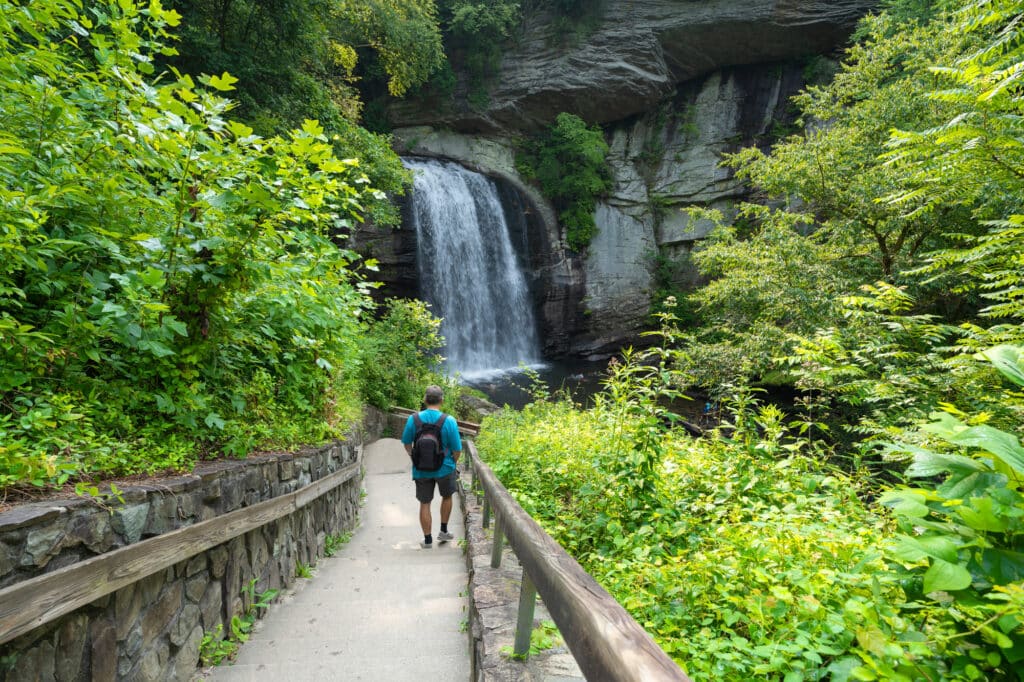
Looking Glass Falls in North Carolina’s Pisgah National Forest. Photo courtesy of Getty Images
Logging on public lands is also accelerating. North Carolina’s Pisgah-Nantahala National Forest—the country’s most popular recreational forest—is planning to quadruple timber harvests for the next three decades. They plan to cut even more timber by allowing private groups and hunting organizations to log our forests.
The Forest Service is also partnering with private equity groups and big banks to fund even more logging on national forests and recoup investments at the public’s expense. Our national forests are for sale. Our public lands are being privatized.
Some lawmakers want to completely privatize our public lands system. The House of Representatives passed new rules that make it easier to transfer public lands out of federal ownership. The Inflation Reduction Act requires two million acres of public lands—an area the size of Yellowstone National Park—to be offered for oil and gas drilling each year.
Our public lands are under assault. But here’s one way we can fight back. Last year, the Biden administration ordered an inventory of all mature and old-growth forests on federal lands. Now we need an executive rule protecting all of these mature and old-growth forests. It won’t save all of our public lands from private extraction, but it would be a big step toward protecting the remaining green-shaded areas on the map.
Speak for the trees: Encourage the Biden administration to enact a rule protecting mature and old-growth forests at climate-forests.org.
Cover photo: Great Smoky Mountains National Park. Photo courtesy of Getty Images
